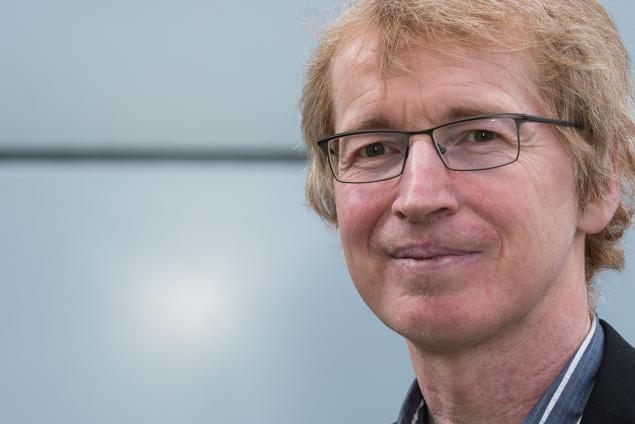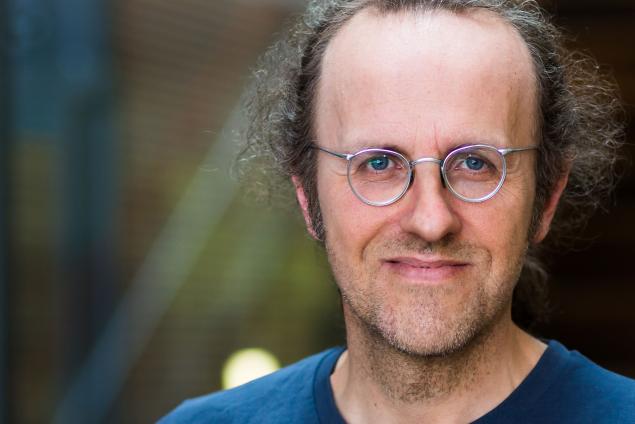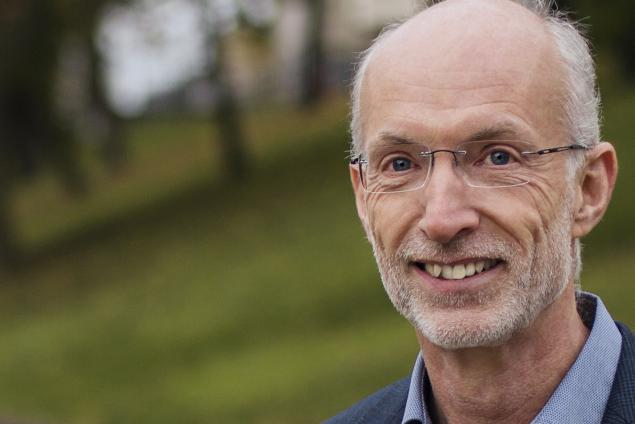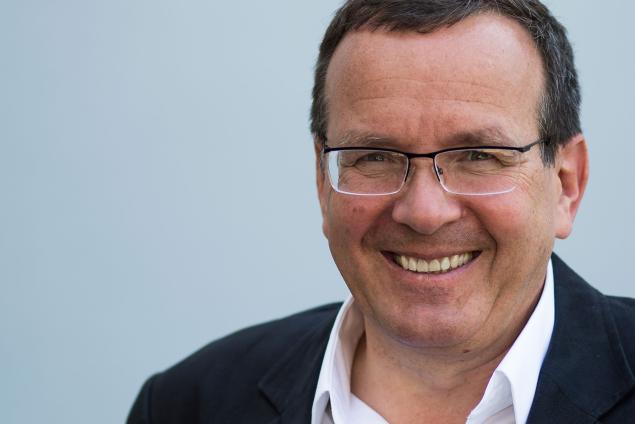Understanding the behavior of liquids in porous materials is important for very different areas of our lives, ranging from the recovery of oil from rock to water holding capacities of different soils. The study presented in this video is dedicated to the quest for the mechanisms behind these processes. STEPHAN HERMINGHAUS explains that, starting out, the researchers had several ideas for what the general principle might be. They used modern techniques and 3D computer simulations to single out the right candidate. But only the rediscovery and adaption of an old two-dimensional simulation lead to the breakthrough in finding the actual mechanism.
DOI:
https://doi.org/10.21036/LTPUB10246
Researcher
Stefan Herminghaus is Director and Scientific Member at the Max Planck Institute for Dynamics and Self-Organization in Göttingen (Germany) and is the head of the department ’Dynamics of Complex Fluids’. He is also Honorary Professor of Physics at the University of Göttingen.
In his research Herminghaus concentrates on complex fluids, non-equilibrium systems and irreversibility. Within his field of research he examines the behavior and consistance of liquids of different materials. He received an IBM Fellowship and was a Heisenberg Fellow. He is a Member of the German Physical Society and the German Association of University Professors and Lecturers.
Institution
No matter how well we understand how a single droplet of water is formed in the laboratory, we cannot predict how countless droplets form clouds that substantially affect the Earth’s climate. And although we can accurately characterize a single neuron’s impulse, we do not yet understand how billions of them form a single thought. In such systems, animate or inanimate, processes of self-organization are at work: Many interacting parts organize themselves independently, without external control, into a complex whole.
At our institute we explore the mechanisms underlying these processes in order to gain a detailed understanding of complex systems. Also the major challenges of the 21st century, from climate change and economic crises to problems in energy supply and transport, are closely linked to these scientific questions. Without a deep understanding of dynamics and self-organization in complex and highly networked systems we cannot face these challenges. With our basic research not only do we want to deepen our understanding of nature, but also want to contribute to a sustainable existence on this planet.
Original publication
The Role of Local Instabilities in Fluid Invasion into Permeable Media
Singh Kamaljit, Scholl Hagen, Brinkmann Martin, Scheel Mario, Herminghaus Stephan, Seemann Ralf and Di Michiel Marco
Scientific Reports
Published in 2017
Reading recommendations
The Uniform Capillary Model for Packed Beds and Particle Wettability
Stevens Nate, Ralston John and Sedev Rossen
Journal of Colloid and Interface Science
Published in 2009
Scaling of Capillary, Gravity and Viscous Forces Affecting Flow Morphology in Unsaturated Porous Media
Or Dani
Advances in Water Resources
Published in 2008
Modelling Capillary Trapping Using Finite-Volume Simulation of Two-Phase Flow Directly on Micro-CT Images
Raeini Ali Q., Bijeljic Branko and Blunt Martin J.
Advances in Water Resources
Published in 2015
Real-Time 3D Imaging of Haines Jumps in Porous Media Flow
others, Berg Steffen, Ott Holger, Klapp Stephan A., Schwing Alex, Neiteler Rob, Brussee Niels, Makurat Axel, Leu Leon, Enzmann Frieder and Schwarz Jens-Oliver
Proceedings of the National Academy of Sciences
Published in 2013
Show more





